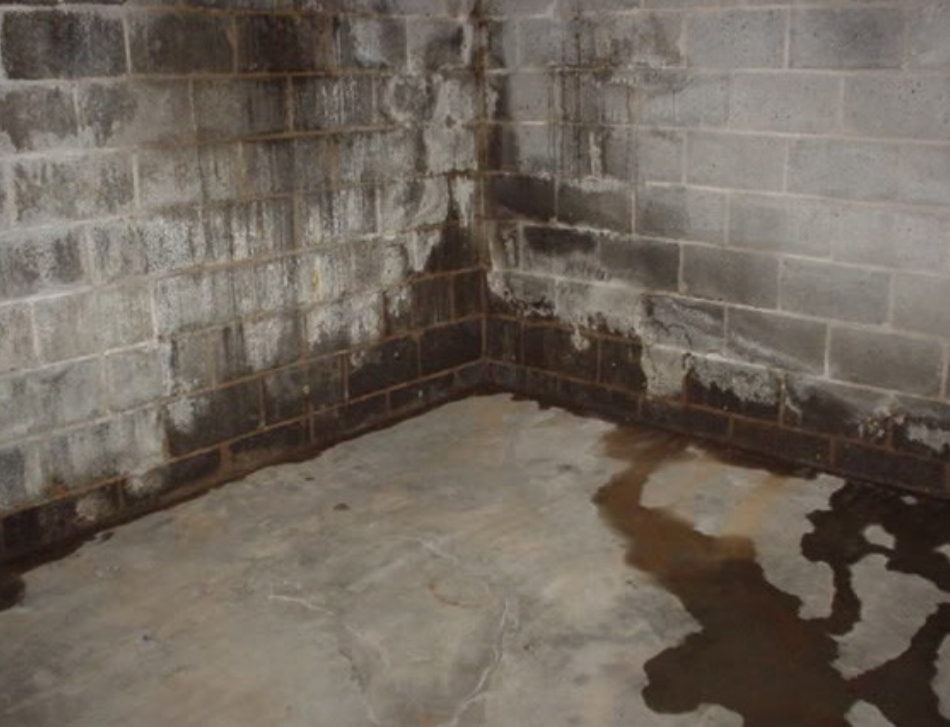
Discovering water in your basement—whether it’s a small leak or a major flood—can be overwhelming. The key is to respond quickly and safely to minimize damage and prevent future issues. Follow these essential steps to dry out your basement, assess the damage, and protect your home from future flooding.
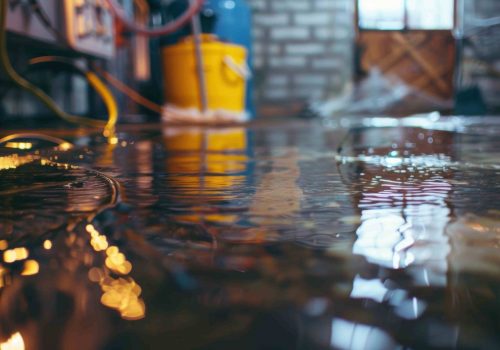
Electrical Hazards: Never enter a flooded basement without checking for electrical hazards. Standing water can cause electrocution if it comes into contact with live wires or appliances. If water levels are high, turn off your home’s power at the breaker box before entering. Wear Protective Gear: If you must enter, wear rubber boots and avoid touching electrical devices. If you're unsure whether it’s safe, contact a professional water remediation service.
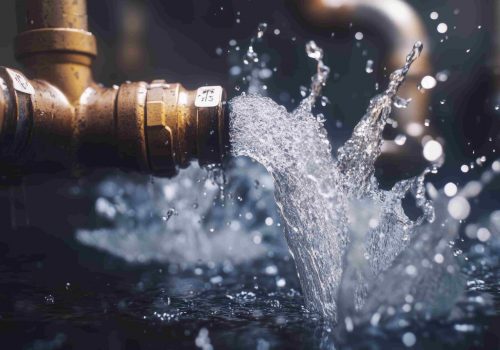
Understanding where the water is coming from will determine the right course of action: Plumbing Leaks: If the water is coming from a burst pipe, water heater, or a faulty boiler valve, call a plumber immediately to stop the source of the leak. Foundation or Basement Leaks: If water is seeping through foundation cracks, basement floors, or windows, you’ll need a basement waterproofing expert like Dry Basement® Foundation Repair

Water removal is essential to prevent mold growth and further structural damage. Here’s what you should do:
Use a Mop or Wet/Dry Vacuum: If the water level is manageable and you have access to a safe, dry electrical outlet, use a wet/dry shop vac or mop to remove the water.
Check Your Sump Pump: If your basement still floods despite having a sump pump, it may have failed. Consider replacing it or installing a new battery backup sump pump to protect against power outages.
Call a Professional for Deep Flooding: If the water level exceeds two feet, don’t attempt to remove it yourself. A professional water remediation company has the tools to remove large amounts of water safely.

Once the standing water is gone, assess which materials can be salvaged and what needs to be discarded: Discard water-damaged materials: Paper, fabric, wood, and leather items can attract mold if left wet for more than 48 hours. Remove and dispose of anything that cannot be fully dried. Inspect and remove carpeting: Most basement carpets and padding will need to be replaced after flooding, as they trap moisture and mold spores. Move and elevate furniture: If wooden furniture has absorbed water, dry it out immediately to prevent warping and mold growth.
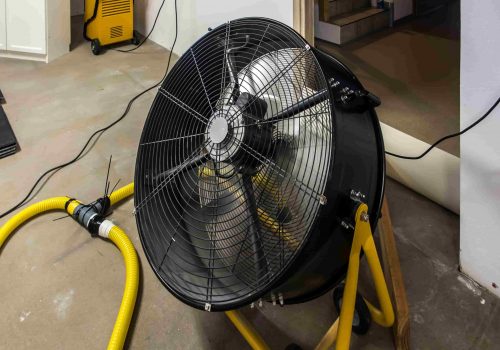
Use Fans & Dehumidifiers: Set up industrial fans and dehumidifiers to circulate air and remove excess moisture. Open Windows if Possible: If outdoor conditions allow, open windows to improve airflow and reduce humidity. Check for Hidden Moisture: Water can seep into drywall, insulation, and baseboards. If walls or flooring remain damp, professional drying services may be needed.
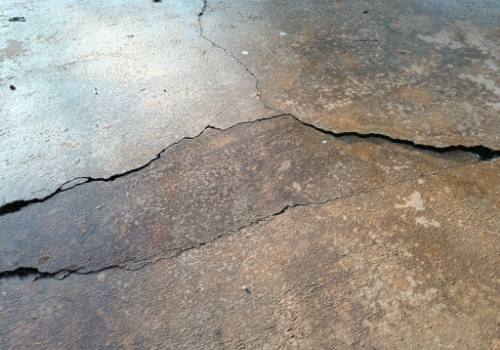
Seal Foundation Cracks: If water entered through foundation cracks , have them professionally repaired to prevent further leaks. Upgrade Basement Windows & Window Wells: Old, leaky basement windows or window wells can allow water inside. Installing new waterproof windows can help. Install or Maintain a Sump Pump: A high-quality sump pump with a battery backup system ensures water is efficiently removed, even during power outages. Waterproof Your Basement: The most effective long-term solution is professional basement waterproofing. Dry Basement® offers comprehensive solutions backed by our Better-than-Lifetime® warranty.
Don’t wait for another flood to take action. If your basement has water damage,contact Dry Basement® Foundation Repair today for expert waterproofing and foundation repair solutions.
Our large service area covers Kansas City, Des Moines, Columbia, and Wichita.